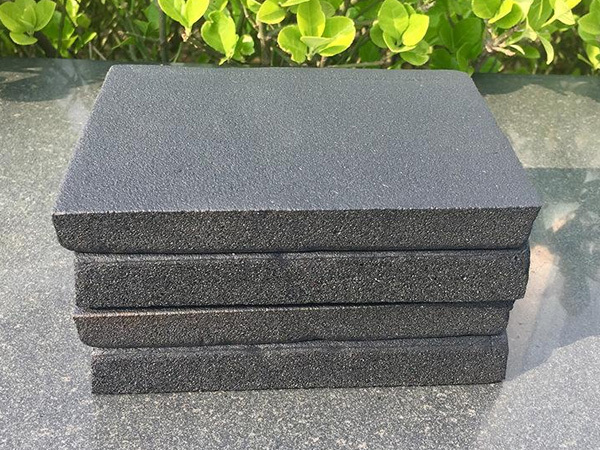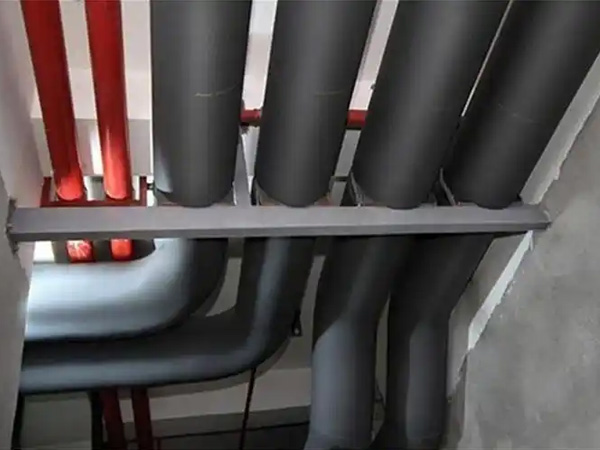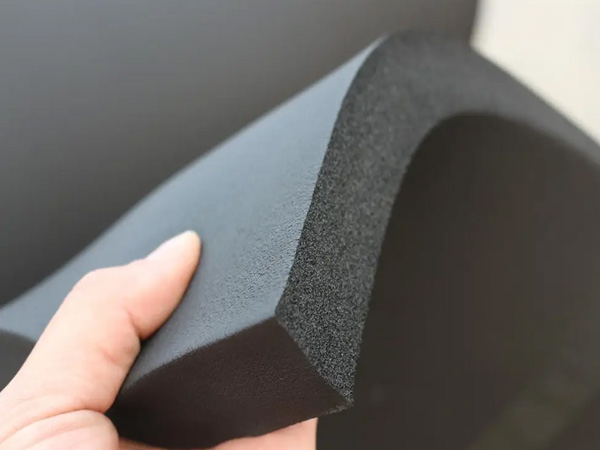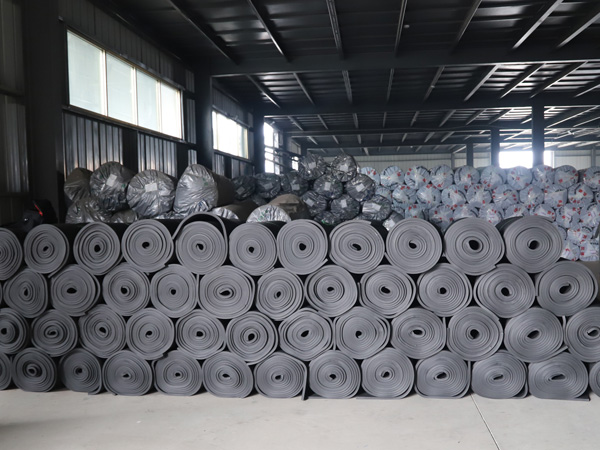Comprehensive Analysis of Rubber-Plastic (Elastomeric) Foam's Outstanding Performance
2025-06-18 15:23:49
Comprehensive Analysis of Rubber-Plastic (Elastomeric) Foam's Outstanding Performance
Rubber-plastic insulation materials (elastomeric foam) are widely recognized for their superior thermal and acoustic properties in building and industrial applications. Below is a detailed breakdown of their exceptional characteristics:
1. Unmatched Thermal Performance
Low Thermal Conductivity (0.032–0.038 W/m·K):
Provides superior insulation efficiency compared to fiberglass or mineral wool, reducing energy loss in HVAC systems.
Closed-Cell Structure:
Minimizes convective heat transfer while resisting moisture absorption (≤0.5% water uptake by volume).
2. Fire Safety Excellence
Self-Extinguishing Properties:
Meets stringent standards (e.g., ASTM E84 Class A/EN 13501-1 B-s1,d0) with low flame spread (≤25) and smoke density.
Halogen-Free Formulations:
Avoids toxic fume emission during combustion, enhancing evacuation safety.
3. Durability in Harsh Conditions
UV & Ozone Resistance:
Withstands prolonged outdoor exposure without cracking (tested per ASTM G154).
Flexibility Retention:
Maintains elasticity from -40°C to 105°C, preventing brittle fractures in cold climates.
4. Superior Moisture & Chemical Resistance
Vapor Barrier Function:
Eliminates need for separate membranes in humid environments (0.001 perm/inch vapor permeability).
Oil/Grease Resistance:
Ideal for industrial settings where hydrocarbon contact occurs (per ISO 1817).
5. Acoustic & Vibration Control
Noise Reduction Coefficient (NRC 0.7–0.9):
Effectively dampens airborne sound in ductwork and mechanical rooms.
Vibration Isolation:
Reduces equipment resonance by up to 15 dB when used as pipe/duct padding.
6. Installation Advantages
Lightweight & Flexible:
Enables fast retrofit applications around complex geometries (valves, elbows) without specialized tools.
Adhesive-Free Options:
Self-sealing lap joints simplify field assembly while maintaining airtightness.
7. Sustainability & Compliance
Recyclable Material:
Newer formulations incorporate 30–50% post-industrial recycled content.
Low Global Warming Potential (GWP):
Blowing agents comply with EPA SNAP and EU F-Gas regulations.
Performance Comparison to Alternatives
vs. Fiberglass: 30% better thermal efficiency with 1/5 the weight.
vs. Polyurethane Foam: Higher fire resistance without toxic isocyanates.
vs. Phenolic Foam: Greater flexibility and freeze-thaw stability.
Best Practice Applications
HVAC Systems:
Prevents condensation on chilled water pipes (ΔT ≤0.5°C above dew point).
Refrigeration:
Maintains R-value in -30°C cold storage environments.
Building Envelopes:
Continuous insulation for NZEB (Net Zero Energy Building) façades.
For extreme service conditions (e.g., chemical plants), specify nitrile rubber-blended grades with enhanced acid resistance per ASTM C534.

OurFlame Retardant Rubber Foamis a premium closed-cell elastomeric insulation material engi...

OurRubber Pipe Insulationis a high-performance solution designed specifically for HVAC pipi...

Rubber Foam Insulation Sheet – Product Introduction Premium Flexible Insulation for Therm...

Specially engineered for refrigeration applications, ourElastomeric Rubber Insulationprovid...



